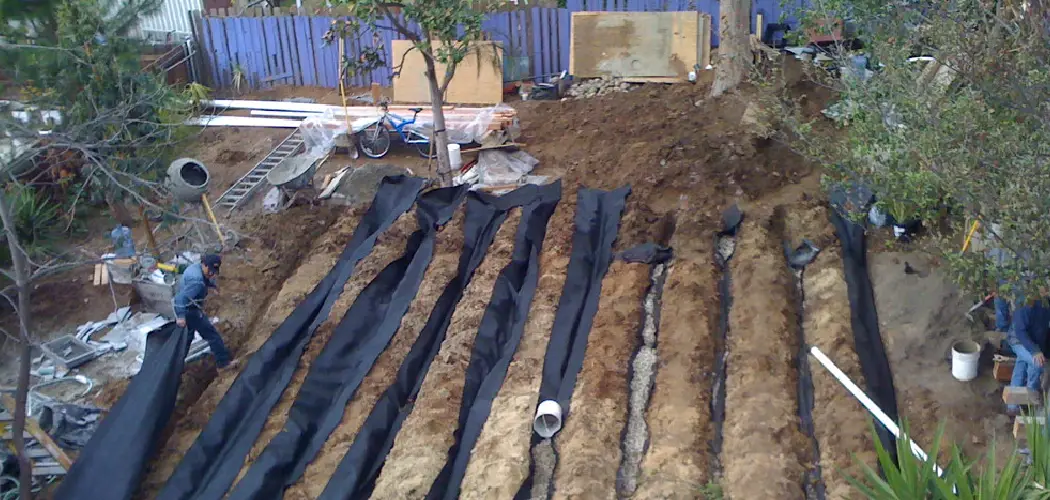Are you dealing with a failing leach field on your property? Is your septic tank operating inefficiently, and causing costly repair bills? If so, it’s likely that the issue lies within your leach field. A saturated leach field is one of the major causes of septic system failure – but fortunately, there are ways to restore and fix this problem.
In this blog post, we’ll walk through what a saturated leach field means for homeowners, why it affects their septic systems, as well as how they can go about fixing it. Read on to learn more about how to fix a saturated leach field! As homeowners, we all want to make sure our residences are in top condition and running as efficiently as possible.

With an over-saturated leach field, it can be hard to imagine the solution. Luckily, fixing a saturated leach field is not that difficult when you know what tools and techniques are needed. In this blog post, we’ll provide tips on how best to address your overwhelmed septic tank system and get it back up and running quickly!
What Causes a Saturated Leach Field?
1. Septic System Failure
One of the main reasons for a saturated leach field is the failure of the septic system. Septic systems need to be correctly maintained, as problems with the pipes or tank can lead to wastewater backing up into the leach field and causing it to become saturated.
2. Poor Soil Conditions
If the soil around the leach field is too wet or not able to absorb the wastewater properly, then this can cause it to become saturated. Poor soil conditions can also be caused by a high water table near the leach field, which should be taken into account when installing one.
3. Excessive Loads
If too much wastewater is being sent through the leach field at once, then this can cause it to become saturated. This is often due to excessive loads, such as having too many people using the same septic system, or large amounts of water being used in one area.
4. Clogged Pipes
Clogs can cause wastewater to back up and saturate the leach field, as it is not able to pass through the pipes correctly. This can be caused by things such as roots growing into the pipes or the buildup of debris in them.
5. Physical Damage
Physical damage to the leach field can cause it to become saturated, as any cracks or holes in the system will allow water to leak out and saturate the soil. This can be caused by things such as construction work near the area or even small animals digging in it.
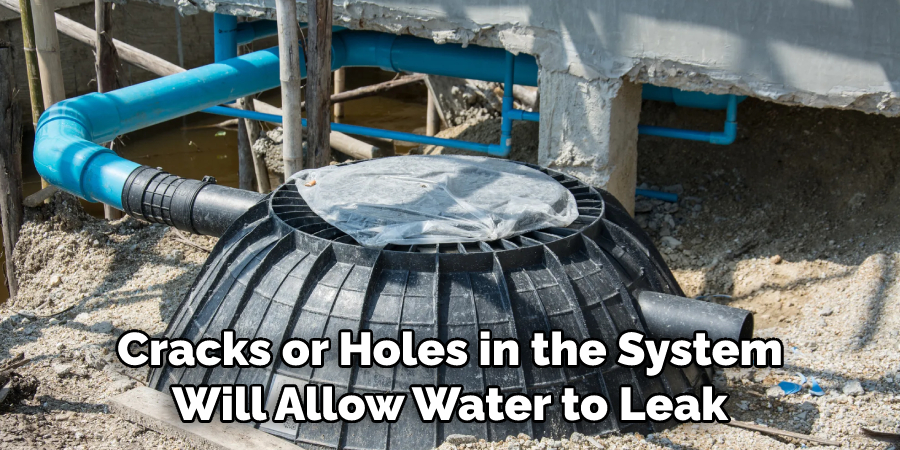
Why is It Important to Fix a Saturated Leach Field?
1. To Prevent Contamination of Groundwater
A saturated leach field can cause contamination of nearby groundwater which can create health and environmental hazards. This will require filtering systems and other treatments to eliminate any contaminants and make the water safe for use again.
2. To Avoid Damage to Property
If the contaminated groundwater is used by nearby homes or businesses, it could cause expensive damage to property, especially if there are septic tanks involved. This can be avoided by fixing a saturated leach field so that the groundwater remains clean and safe.
3. To Preserve Natural Resources
A saturated leach field can also damage nearby vegetation or soil, which is why it’s important to fix it quickly and effectively. This will help preserve natural resources and keep the environment healthy.
4. To Improve Quality of Life
Finally, a saturated leach field can create an unpleasant smell and make it difficult to live comfortably in the area. Fixing this issue quickly will help improve the quality of life for those living close by. Knowing why it’s important to fix a saturated leach field is only half of the equation. The other half is understanding how to do it.
Depending on the severity of the saturation, there are a few different approaches you can take. Some common methods for fixing a saturated leach field include installing a drainage system, replacing or repairing existing components, and adding soil amendments such as gypsum or compost to improve water infiltration.
11 Tips On How to Fix a Saturated Leach Field
1. Increase Drainage
The first step towards fixing a saturated leach field is to increase the drainage area by removing any clogs, roots, and/or dirt. This will improve the flow of wastewater away from the leach field. Also, make sure to check the inlet and outlet pipes for any possible blockages.
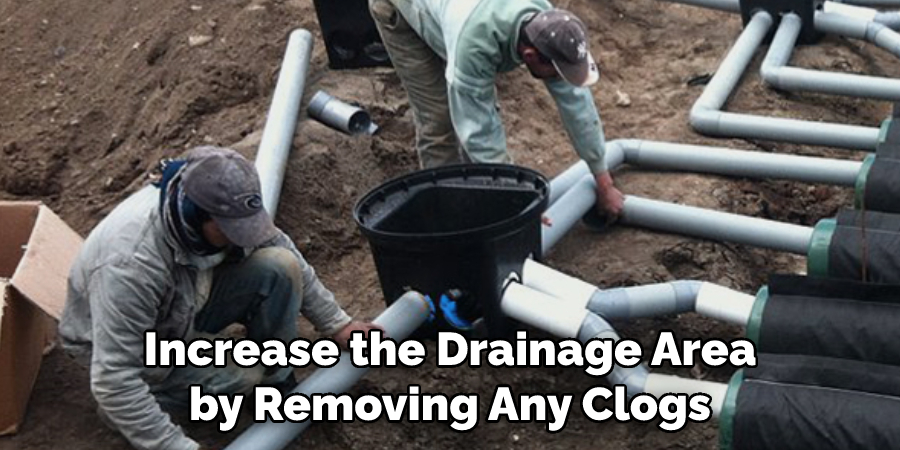
2. Aerate the Soil
Aerating the soil around a leach field will help improve drainage and reduce saturation. This can be done by tilling, adding compost or manure, or using an aerator machine that injects small air bubbles into the soil.
3. Add a Baffle
Adding a baffle to the inlet pipe of the leach field can help reduce saturation by restricting the flow of wastewater into the pipes and creating an even distribution across all pipes in the system. Make sure to check the diameter of the baffle before installation.
4. Limit Usage
Reducing water usage is one of the easiest ways to fix a saturated leach field. Try limiting showers, laundry runs, and dishwasher use as much as possible until drainage problems have been resolved.
5. Reduce Water Usage
Another way to fix a saturated leach field is to reduce water usage in your home or business. Simple tasks like fixing leaking fixtures and pipes can save a lot of water and help reduce saturation.
6. Install a Leaching Chamber
A leaching chamber can be installed to provide additional drainage for wastewater. This helps improve the flow away from the saturated leach field, preventing further saturation issues. You have to make sure to select the right size and shape of leaching chamber for your system.
7. Increase Piping Size
Increasing the size of existing pipes in a leach field can help improve drainage and reduce saturation. This should only be done if there is enough space between the pipes, otherwise it could cause a backup in the system.
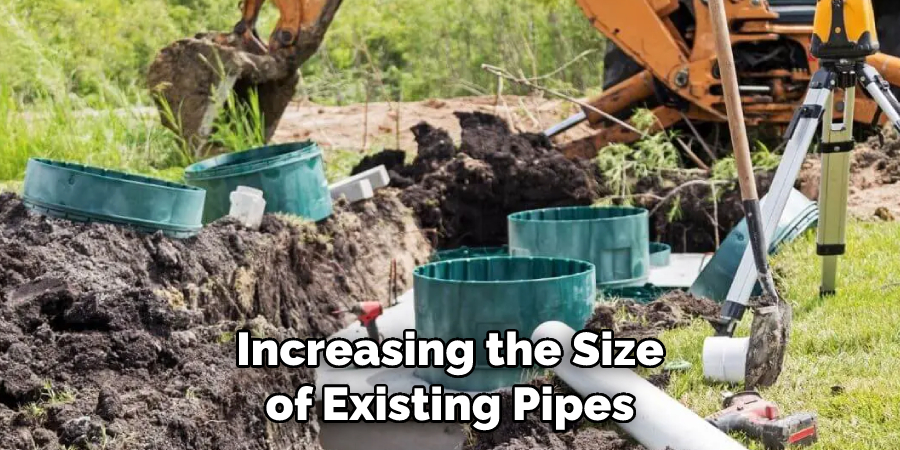
8. Replace Pipes
Piping that is too small or damaged can cause saturation issues in a leach field. Replacing these pipes with larger ones can help improve drainage and reduce saturation. Be careful not to damage the pipes, as this could cause further issues.
9. Inspect Regularly
Regular inspections of a leach field can help identify saturation problems before they become too severe. Make sure to check for clogs, roots, and other blockages that may be reducing drainage away from the system.
10. Clean Out the System
Regularly cleaning out the leach field of any accumulated sludge and debris will help improve drainage and reduce saturation issues. Be careful not to disturb the pipes or other components when cleaning.
11. Hire a Professional
If all else fails, it may be necessary to hire a professional to help fix the saturation issues of your leach field. They will be able to identify what needs to be done and can provide advice on how best to proceed.
Following these tips can help you fix a saturated leach field and prevent further drainage issues in your home or business. If you have any questions, it is important to contact a professional plumber for advice. They can provide expert guidance on the best solutions for your system.
Frequently Asked Questions
What Precautions Should I Take When Attempting to Fix a Saturated Leach Field?
When attempting to repair a saturated leach field, it is important to take the following precautions: Ensure that no water is entering the septic system, such as from sump pumps or roof runoff.
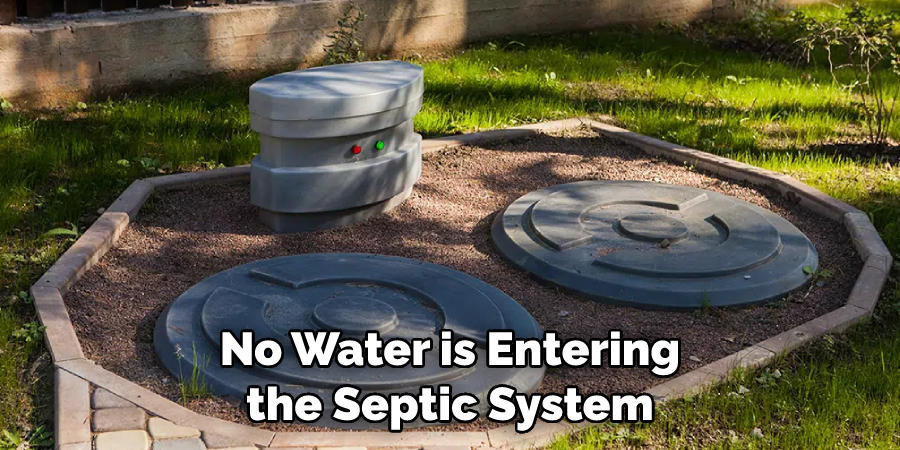
Avoid compaction of soil over the field by landscaping, vehicles, or other heavy items. If necessary, add sand and gravel to the failed leach field for additional drainage capacity. Monitor the system regularly for signs of upcoming failure. Finally, if possible, have a professional inspect the system to advise on any necessary repairs or modifications.
What Are Signs That A Leach Field Might Be Failing?
Signs that a leach field might be failing can include signs of surface water, wastewater backups in the house, noxious odors, or slow-running drains. If you notice any of these signs, it is important to have your septic system inspected and repaired as soon as possible.
What Is the Best Way to Prevent a Saturated Leach Field?
The best way to prevent a saturated leach field is to keep water out of the system. This can be accomplished by properly maintaining your septic tank and having it pumped every one or two years.
Additionally, avoid introducing too much water into the system from sources such as laundry, dishwashers, and showers. Finally, be mindful of any landscaping or vehicles that may be causing soil compaction over the leach field. By taking these preventive measures, you can help to ensure that your system functions properly for years to come.
What Is the Best Solution for Repairing a Saturated Leach Field?
The best solution for repairing a saturated leach field is to have a professional inspect the system and recommend any necessary repairs or modifications. Depending on the severity of the problem, this could include replacing broken pipes or distribution boxes, adding sand and gravel to provide additional drainage capacity, or even reconstructing the entire leach field.
Whatever the case may be, it is important to make sure that the leach field is properly repaired in order to ensure that your system functions as intended.
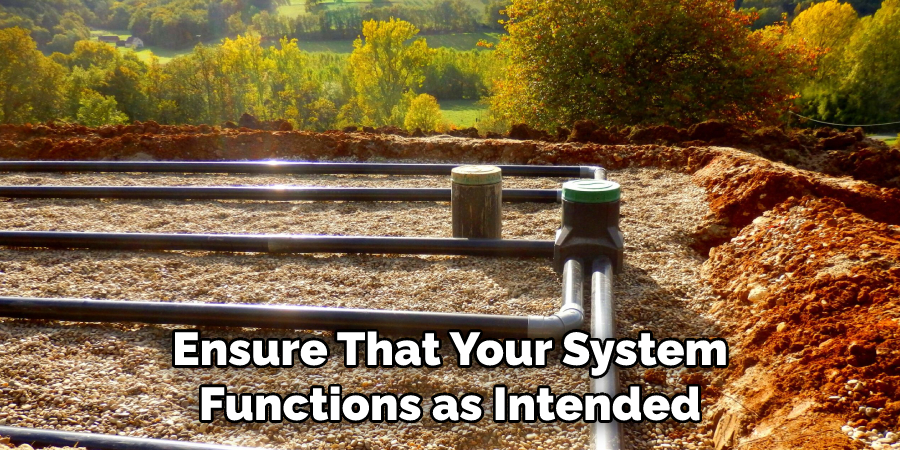
What Are Some Alternatives to Fixing a Saturated Leach Field?
If repairing the current leach field is not an option, there are several alternatives for fixing a saturated leach field. These include constructing alternative wastewater disposal systems such as sand mounds, pressure distribution systems, or low-pressure dosing systems.
Additionally, homeowners may opt for a septic tank conversion to a municipal sewer system if one is available in their area. Finally, some states allow the use of aerobic treatment units (ATUs) as an alternative to traditional leach fields. Each of these options should be discussed with a professional before making a decision.
What Are the Benefits of Fixing A Saturated Leach Field?
The primary benefit of fixing a saturated leach field is that it will restore proper operation and drainage within your system. Additionally, making repairs to an existing septic system is often more cost-effective than installing a new one.
Finally, repairing a saturated leach field can help to prevent costly damage and possible contamination of nearby water sources. It is important to have any necessary repairs made as soon as possible in order to ensure the proper functioning of the system.
Can I Fix A Saturated Leach Field Myself?
In most cases, it is not recommended to attempt repairs to a saturated leach field without the assistance of a professional. This is because improper repairs may lead to further damage or contamination of nearby water sources.
If you are uncertain about the condition of your leach field, it is best to contact a professional for an inspection. They will be able to assess the problem and provide advice on the best solution for your particular situation.
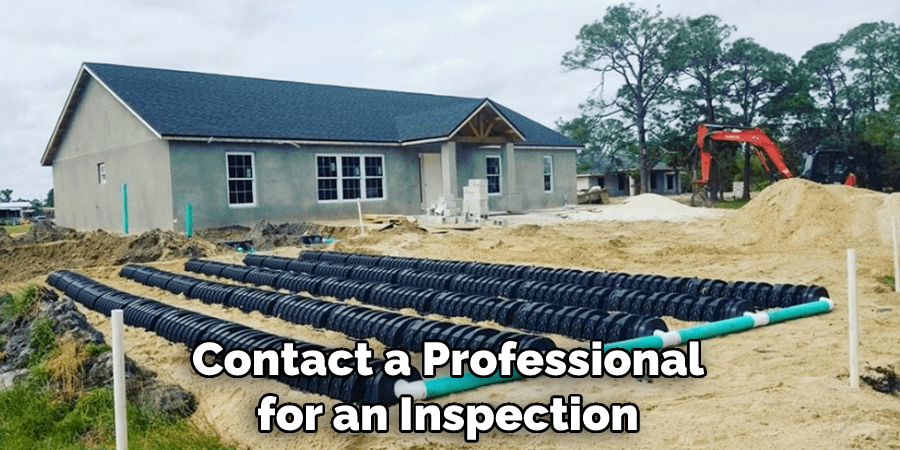
Conclusion
Now you know how to fix a saturated leach field! As a homeowner, it can be difficult to care for your septic system. Being aware of the causes of a saturated leach field can help avoid many potential issues.
The most important prevention and corrective steps you can take around your leach field are making sure your gutters are properly directed away from it, ensuring that an adequate amount of soil covers the leach field, not planting trees or allowing animals or foot traffic on or near the area, and reducing household water usage.
Additionally, investing in regular inspections of your system by an experienced professional is essential in assuring optimal performance, mitigating costly repairs, and preventing environmental hazards associated with untreated wastewater. Proper steps taken now will certainly save money later on!

